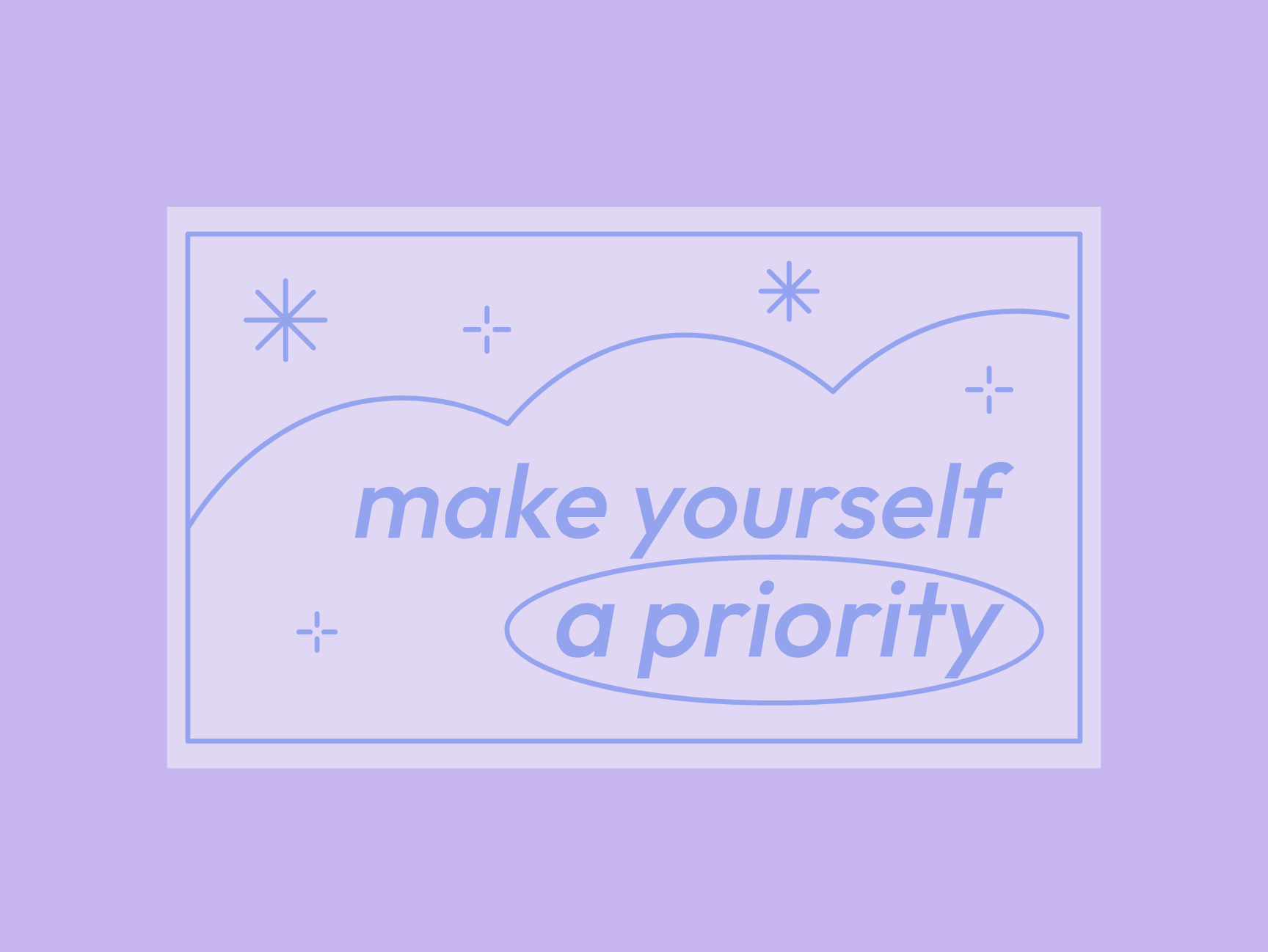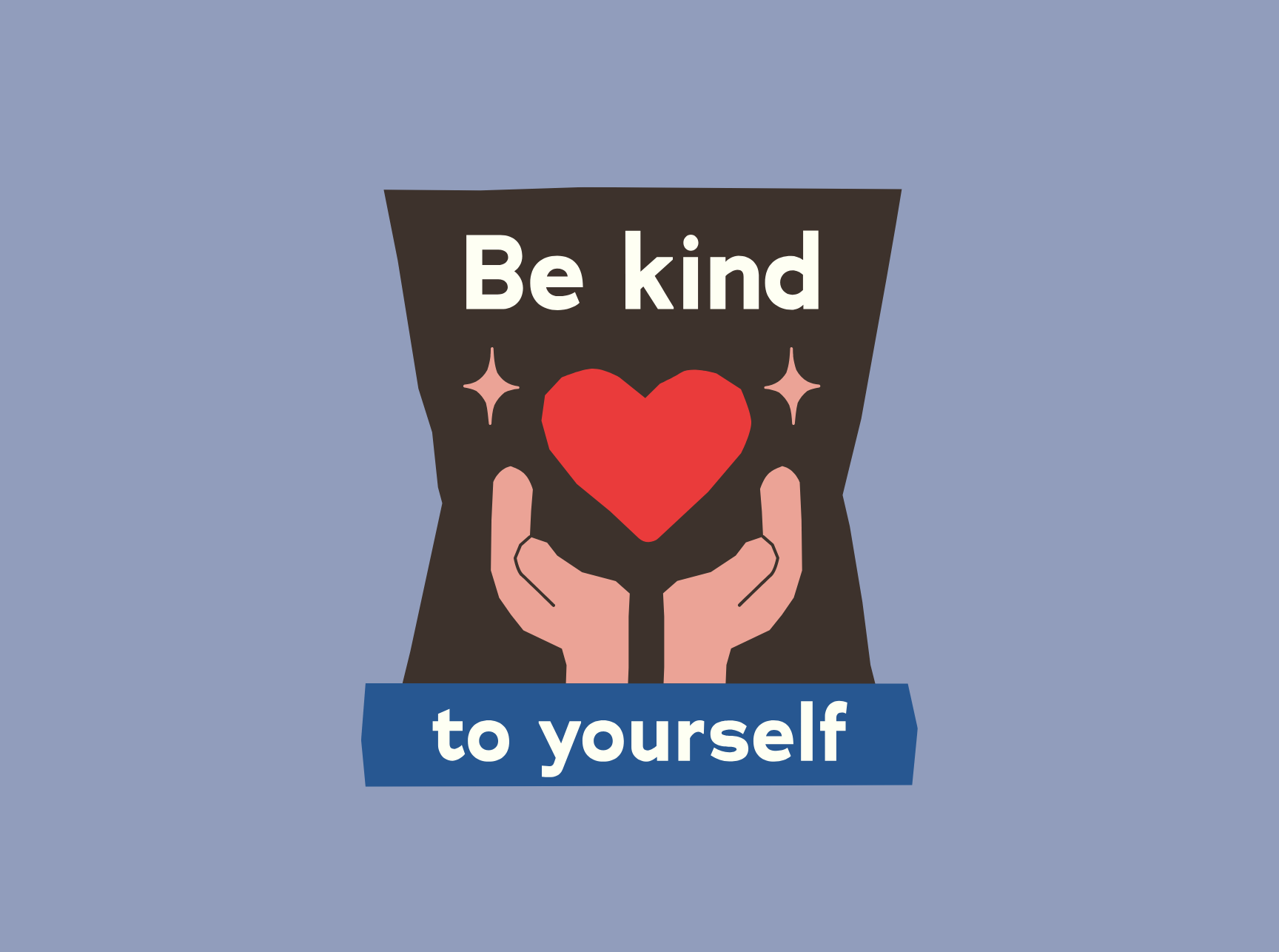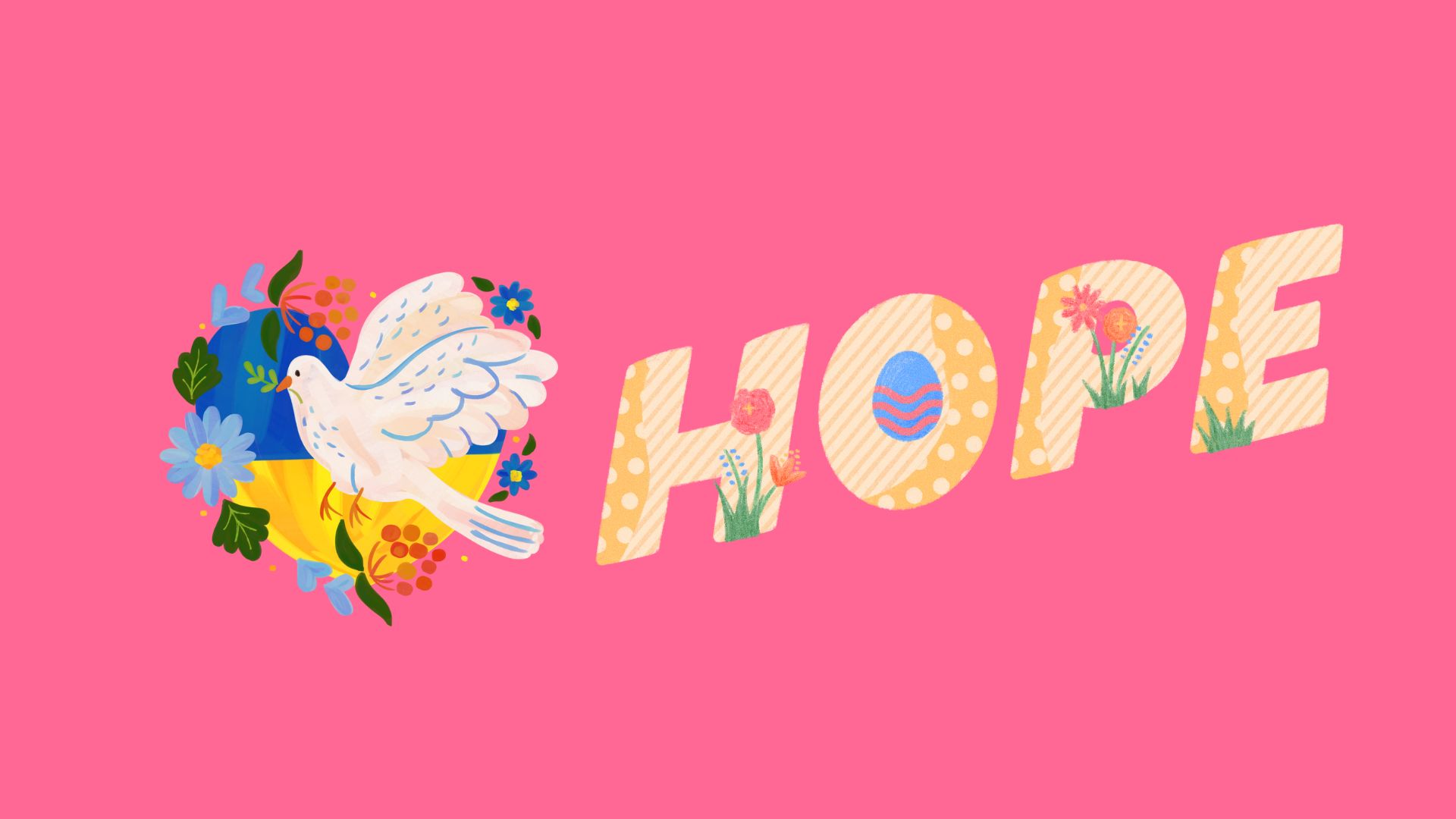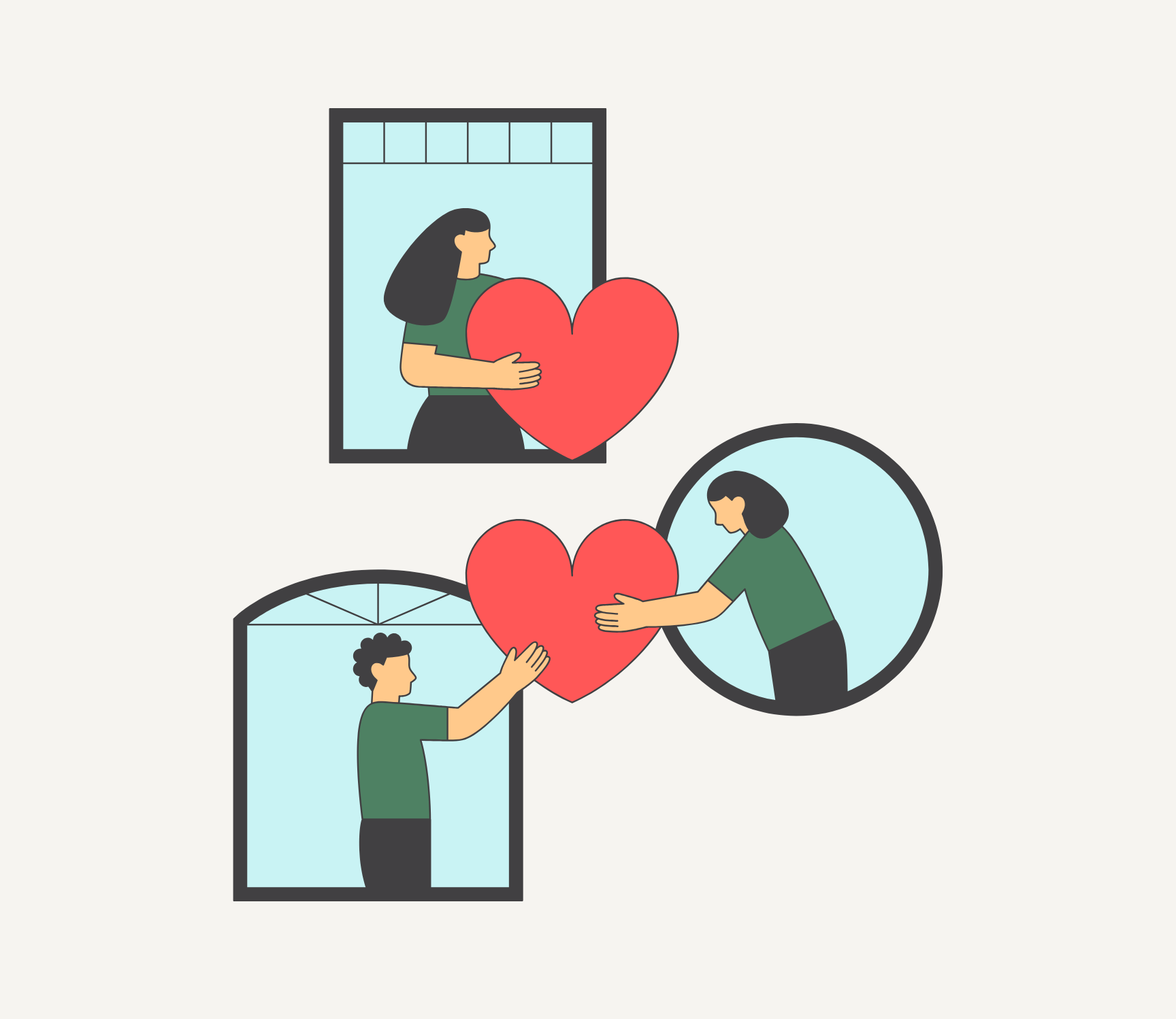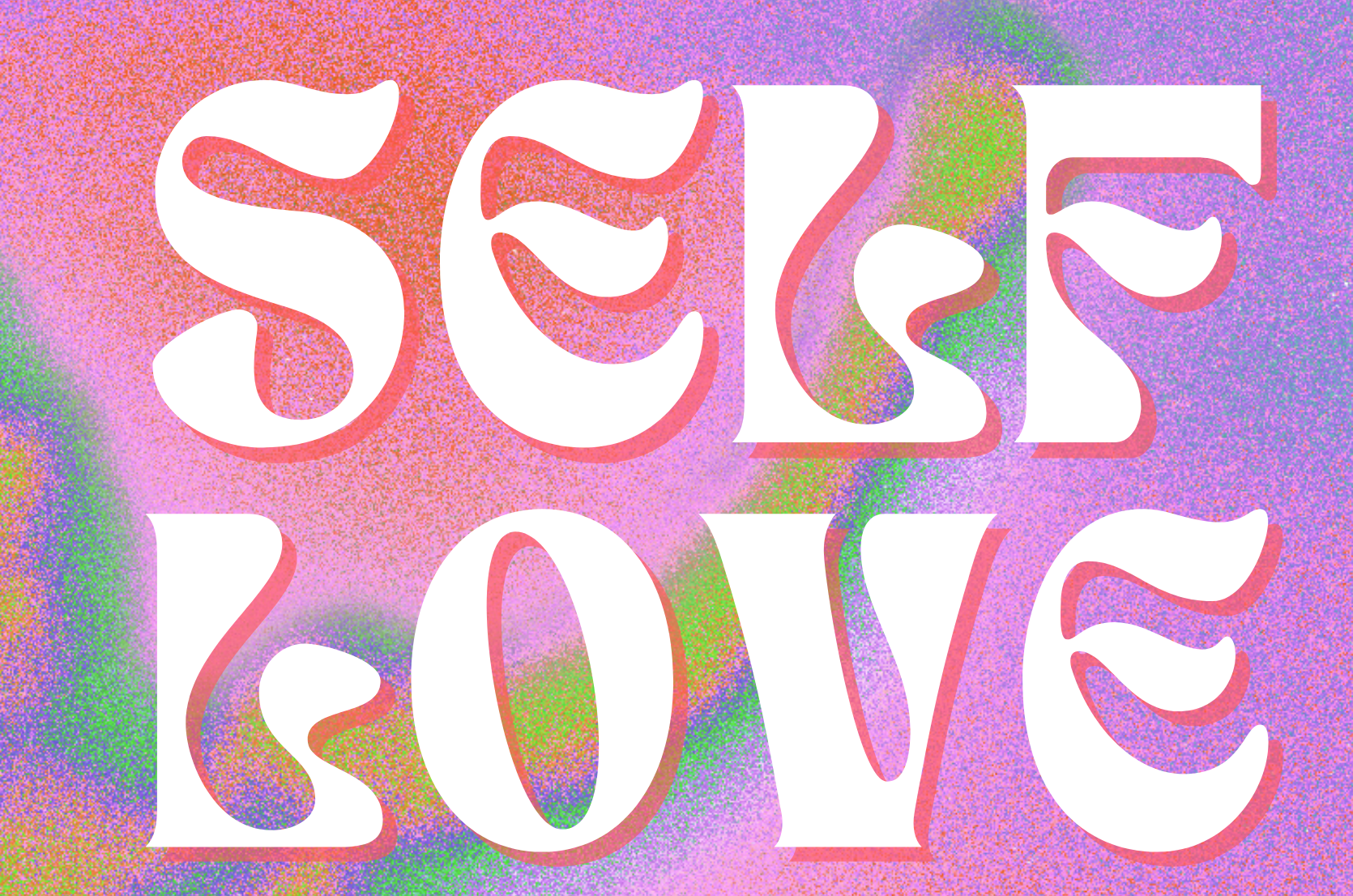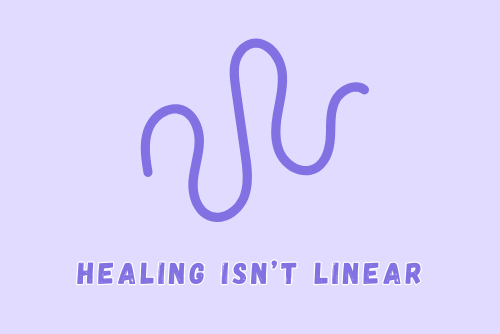*This story was originally published on teensinprint.com. Teens in Print is an inclusive WriteBoston program created to amplify the marginalized voices of eighth to twelfth grade Boston students.
Looking at your screen, have you ever come upon an artist that socks you in the chest, taking your breath away, a majestic dragon, or a scenic view on a hill, so that you grab your sketchbook, manically scribbling whatever came to you, but never ending up how you imagined? Scribbles that never end up how you like. Those kinds of experiences have been some of my most painful as I’ve found myself grieving over my lack of ability to express my creativity in my art.
Art like that is what I’ve been doing on and off for multiple years, yet never saw improvement until I broke out of the cage, one of complacency that held me back from improving, until a year ago when I just randomly started to press the issue. Through breaking free from the cage, I was able to pick up on multiple tips that not only improved my art but also helped me not feel so destroyed by my lack of artistic ability. In no particular order, get ready for some tips I picked up along my long artist’s journey.
1. Turn complicated objects into simple shapes
My first tip is to break down complicated geometry like the human body into simple shapes. If you look at everything around you, anything can be simplified into easily understandable shapes. An example of this would be a ketchup bottle, or in my case, the hand.

This is my latest example of using simple shapes. As you can see, I used a square to get the general shape of the palm and used a circle for articulation points, in this example, at the wrist, though you could use it for the elbow, too.
I used a circle and oval to indicate to me how long I want the beak of the dragon to be and how big that head should generally be.
2. Use references to get an accurate representation of how something should look
The possibly most important tip here is to use references! Everything is a reference for everything; the things you try to draw from memory are references because you’ve seen them before, you’re simply using your recollection of them in order to draw, but it’s never perfect unless you are a cheater with a photographic memory. There are some misconceptions about using references, one being, the idea that the use of references devalues the work as a whole. This and others can be explained in this video by Chroma Moma.
Anyway, an example of this would be my drawing of a creepy fish.
Said drawing:
This is one of my favorites, taking inspiration from HR Giger, an artist that created works for famous franchises like Alien.
I call this one “Edgy Armor Guy”
3. Practice
Even if you use references you almost never get it on the first try, and that’s just how life is. But remember, don’t spend too much time on it – at most spend a minute or two and move on. You will never really understand something if you just try it once, see your mistakes, and fix them in your next sketch. Doing this will increase your line confidence and increase your comfort to do that thing. You see this in the Video SamDoesArts, how he quickly draws the head, hair, and eyes because he has practiced for multiple years.
4. Don’t practice too much – enjoy and pace yourself.
Go at your own pace, and don’t be too strict on yourself for not drawing that day. I know what you’re thinking: “didn’t you just say practice and now you’re saying don’t practice?” and all I have to say to that is “yes”; it’s true you shouldn’t force yourself to practice every day if you don’t want to, the key words being “every day”. But it’s also true to make sure you do things you like and are comfortable with. Take it from me, I rarely practice, and usually, draw monsters and weapons if at all, but when I have the motivation to, which is like every two weeks or something, I make sure to make good use of my motivation to practice.
5. Have fun
Practice is good, but you should do it in moderation. You don’t have to practice every day, and you also have to enjoy it, so you should draw what you have fun with.
This was pretty much my first time doing this detailed mecha type of art. I got so inspired after refinding one of my favorite artists on Twitter.
I took many cues from them, using many of the same shapes as they do. Really putting my understanding of general human anatomy to the test to create something.
Like me, you can find artists that you love and try to take the aspect of their art and incorporate them into yours, giving you a nice little challenge along with the fun of expressing your love for their art by using their material as a reference for yours.
6. Don’t be hard on yourself
It’s ok to see the mistakes you made when you finished practicing or drawing but you shouldn’t only notice your work for its mistakes, but also see what you did well. You also shouldn’t compare yourself to others, you should see what you could do to become better by looking at someone else’s work. I was much of the same at the start – I felt so down whenever I looked at someone else’s work that I was kind of demotivated from creating art because I just felt a sense that I’ll never get to that level. Eventually, I realized that I shouldn’t compare myself to someone with many more years of experience; I should look at it as more of a mentor work and use it to improve myself. I find it a better mindset instead of taking myself down.
I have picked up these tips and am handing them out to you. You can go back to that very scribble that started all of this, wrapping the journey around to the start of it all and drawing something that truly embodied what you imagined at that time and place. Now keep going, no matter the artist, be it me or a professional one, every artist is still on that journey of improving, and that drawing should certainly not be the end of it for you.








